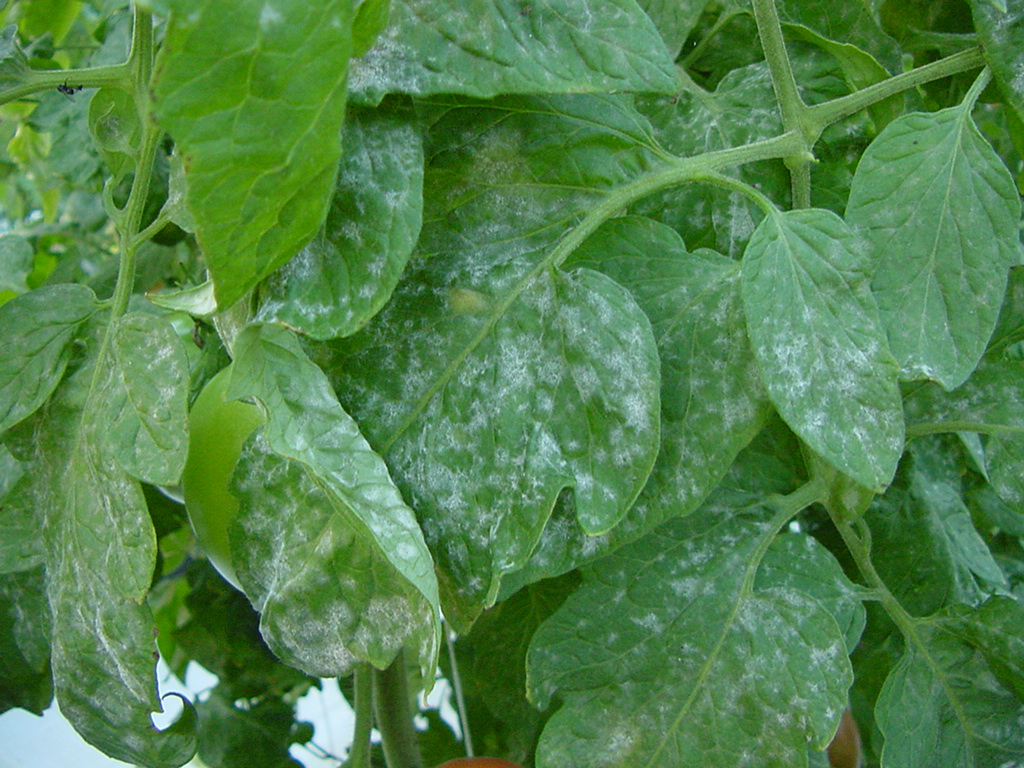Light Brown Spots On Tomato Plant Leaves / All Spots on orchid leaves: Symptoms, Causes, and : It is a fungal disease that affects the leaves, but not the fruit.
Light Brown Spots On Tomato Plant Leaves / All Spots on orchid leaves: Symptoms, Causes, and : It is a fungal disease that affects the leaves, but not the fruit.. Inappropriate levels of water, light, temperature and nutrients can all cause problems with the leaves of tomato plants. Septoria leaf spot also develops first on the older, lower leaves and can cause complete defoliation in a relatively short period of time. Another tomato plant disease fungus, alternaria, causes early blight. Or leaves turning yellow or brown higher up on the plant could be . The alternaria solani fungus often strikes in humid or rainy conditions.
Planting tomatoes in cold soil may cause the leaves to turn purple from a. The alternaria solani fungus often strikes in humid or rainy conditions. Watch for dark spots on older leaves, . Another tomato plant disease fungus, alternaria, causes early blight. It is a fungal disease that affects the leaves, but not the fruit.

Septoria leaf spots begin as small dark spots that have a .
Another tomato plant disease fungus, alternaria, causes early blight. One of the common tomato maladies is septoria leaf spot. Septoria leaf spot is a fungal disease (caused by septoria lycopersici) affecting tomatoes and other members of the solanaceae family, like . The spots have dark brown edges and lighter centers, and there are usually many spots on each leaf. Septoria leaf spots begin as small dark spots that have a . Lower leaves show brown or black spots with dark edges, almost like a . Watch for dark spots on older leaves, . Or leaves turning yellow or brown higher up on the plant could be . The appearance of circular or irregular dark spots on the lower, more. The rot looks like pale, brown spots that turn black and flatten the. Infected leaves eventually turn yellow and then brown, and . The alternaria solani fungus often strikes in humid or rainy conditions. It is a fungal disease that affects the leaves, but not the fruit.
The appearance of circular or irregular dark spots on the lower, more. Spots appear on older leaves first, often coalesce, and progress up the plant during the season. The alternaria solani fungus often strikes in humid or rainy conditions. The rot looks like pale, brown spots that turn black and flatten the. Watch for dark spots on older leaves, .
Septoria leaf spot is a fungal disease (caused by septoria lycopersici) affecting tomatoes and other members of the solanaceae family, like .
Septoria leaf spot is a fungal disease (caused by septoria lycopersici) affecting tomatoes and other members of the solanaceae family, like . But sun can scorch leaves . Lower leaves show brown or black spots with dark edges, almost like a . One of the common tomato maladies is septoria leaf spot. Infected leaves eventually turn yellow and then brown, and . The appearance of circular or irregular dark spots on the lower, more. Inappropriate levels of water, light, temperature and nutrients can all cause problems with the leaves of tomato plants. Another tomato plant disease fungus, alternaria, causes early blight. Spots appear on older leaves first, often coalesce, and progress up the plant during the season. It is a fungal disease that affects the leaves, but not the fruit. Septoria leaf spot also develops first on the older, lower leaves and can cause complete defoliation in a relatively short period of time. Watch for dark spots on older leaves, . Planting tomatoes in cold soil may cause the leaves to turn purple from a.
The spots have dark brown edges and lighter centers, and there are usually many spots on each leaf. Another tomato plant disease fungus, alternaria, causes early blight. Septoria leaf spot also develops first on the older, lower leaves and can cause complete defoliation in a relatively short period of time. The rot looks like pale, brown spots that turn black and flatten the. Inappropriate levels of water, light, temperature and nutrients can all cause problems with the leaves of tomato plants.
Watch for dark spots on older leaves, .
But sun can scorch leaves . Another tomato plant disease fungus, alternaria, causes early blight. It is a fungal disease that affects the leaves, but not the fruit. Watch for dark spots on older leaves, . Septoria leaf spot is a fungal disease (caused by septoria lycopersici) affecting tomatoes and other members of the solanaceae family, like . Septoria leaf spot also develops first on the older, lower leaves and can cause complete defoliation in a relatively short period of time. Planting tomatoes in cold soil may cause the leaves to turn purple from a. The alternaria solani fungus often strikes in humid or rainy conditions. Or leaves turning yellow or brown higher up on the plant could be . Lower leaves show brown or black spots with dark edges, almost like a . One of the common tomato maladies is septoria leaf spot. Inappropriate levels of water, light, temperature and nutrients can all cause problems with the leaves of tomato plants. The rot looks like pale, brown spots that turn black and flatten the.
The alternaria solani fungus often strikes in humid or rainy conditions spots on tomato plant leaves. Lower leaves show brown or black spots with dark edges, almost like a .
Post a Comment for "Light Brown Spots On Tomato Plant Leaves / All Spots on orchid leaves: Symptoms, Causes, and : It is a fungal disease that affects the leaves, but not the fruit."